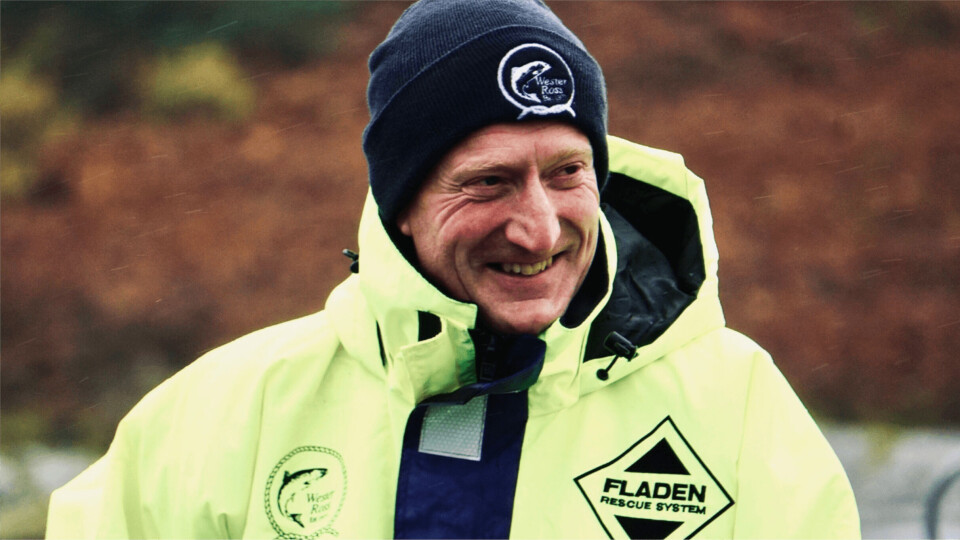
Looking back, thinking ahead: Tavish Scott
Fish Farming Expert has asked individuals connected to the salmon farming industry about their year, and what they hope for in 2022. We begin the series with Tavish Scott, chief executive of Salmon Scotland, formerly the Scottish Salmon Producers’ Organisation.
2021 has been a record year for the Scottish salmon industry in terms of harvests, but volume is only part of the picture. How have Salmon Scotland and its members fared this year?
As 2021 began the UK left the EU. The trade disruption for exporters was easy to predict. Less so was a second year of Covid disruption. As Christmas beckons, Austria, Germany and the Netherlands have re-entered lock down. Our governments are considering further restrictions and the hospitality trade – a key market for salmon – looks like taking another hit after all the pain they have already felt.
Exports of Scottish salmon into Europe during 2021 have exceeded expectations. Delays, confusion and extra costs were the reality early in the year. This added to the lack of freight capacity in long haul jets to far afield markets and additional restrictions within some of these countries.
Scotland’s salmon producing companies and the logistics industry have shown huge resilience and flexibility in dealing with these challenges. We have also faced labour shortages and closer to home, a lack of housing for our staff particularly in rural and island Scotland.
As we look to 2022, the overall trading picture does look brighter with markets in the US and China stronger than they have been since the start of the pandemic. Our governments, too, want to help drive an export-led trade recovery by actively promoting salmon around the world in existing and new markets. That is most welcome.
What was the most significant event of 2021 for your organisation?
We are now Salmon Scotland. As the sector’s trade body making the case for our companies and people to government, regulators and stakeholders, we represent both our producers and supply chain businesses. There are 3,500 separate businesses who play their part in the salmon story and taking a great Scottish product to the consumer. We are their voice too. This change has facilitated an updated logo and a revamp of our communication and marketing channels with more to come in 2022.
What are the most significant challenges and opportunities for the salmon farming industry in the coming year?
In January the independent report into regulatory change commissioned by the Scottish government will report. We look forward to seeing the recommendations from Professor Russel Griggs and working with government, regulators and stakeholders on their implementation.
This, alongside the Government’s plan to produce an aquaculture vision, will be an important focus. We also plan a new local engagement action plan across sustainability and economic issues in our farming areas where our sector continues to face the challenges of labour supply and shortages, the need for more local housing and better transport links. We are invested in our local areas and that will be a key focus for 2022.
Above all we want to make sure that as the ever-rising worldwide population needs ever greater supplies of protein, Scottish salmon is the best, healthiest and most nutritious product that we can present to consumers whether here in the UK or around the world.
On Monday: Ace Aquatec chief executive Nathan Pyne-Carter.























































